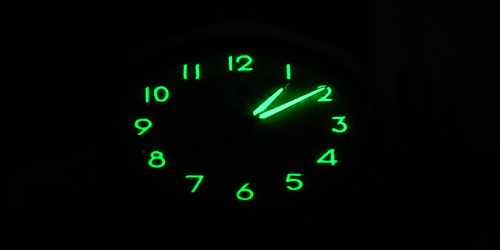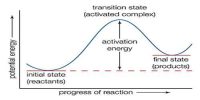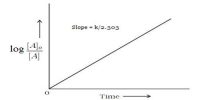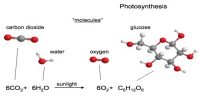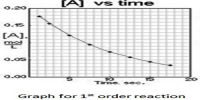Phosphorescence:
If the emission of light continues after the source of exciting radiation is cut off the phenomenon is known as phosphorescence. The period of phosphorescent radiation may be a few seconds or more. Sulphides of alkaline earth metals are good examples of phosphorescent substances.
Both phosphorescence and fluorescence are affected by the presence of a third body in the system. These bodies absorb some energy by way of collisional transfer from the excited molecules and reduce, or even stops, phosphorescence and fluorescence. These substances are known as quenching agents. If the process of de-excitation of the excited molecules is delayed by some means, the substance shows phosphorescence instead of fluorescence. Thus a solution of fluorescein in glycerol exhibits phosphorescence. The viscous nature of the glycerol solution reduces the collision frequency and the energy cannot be dissipated as easily. This is why phosphorescence is mainly fond in solids.
Phosphorescent compounds are almost always solids; the rigid crystal lattice enables conservation of excitation energy in metastable states. Generally speaking, inorganic phosphorescent compounds are crystalline in nature; often they contain cations of heavy metals (barium, strontium) with rare earth dopants (europium, dysprosium, etc.).
Luminescent materials have wide use in our everyday appliances. The so-called radium dials of watches and clocks, in fact contain a long life phosphorescence material made by mixing zinc sulphide and a radioactive material with a binder. These materials absorb radiation during daytime or from the lamp and then glows in the dark. Phosphorescent paints have been developed. These are extensively used in roads and highways to indicate sharp turns, bends etc. Edges of furniture, tips of electric switches etc. are impregnated with phosphorescent materials to make them visible in the dark.
